While the vast majority of the media focus on the controversy provoked by accusations of anti-Semitism1, obscuring the diversity of the proposals and the daily reality of the event, we spoke with Ernesto Oroza, guest curator, in order to talk about all the rest.
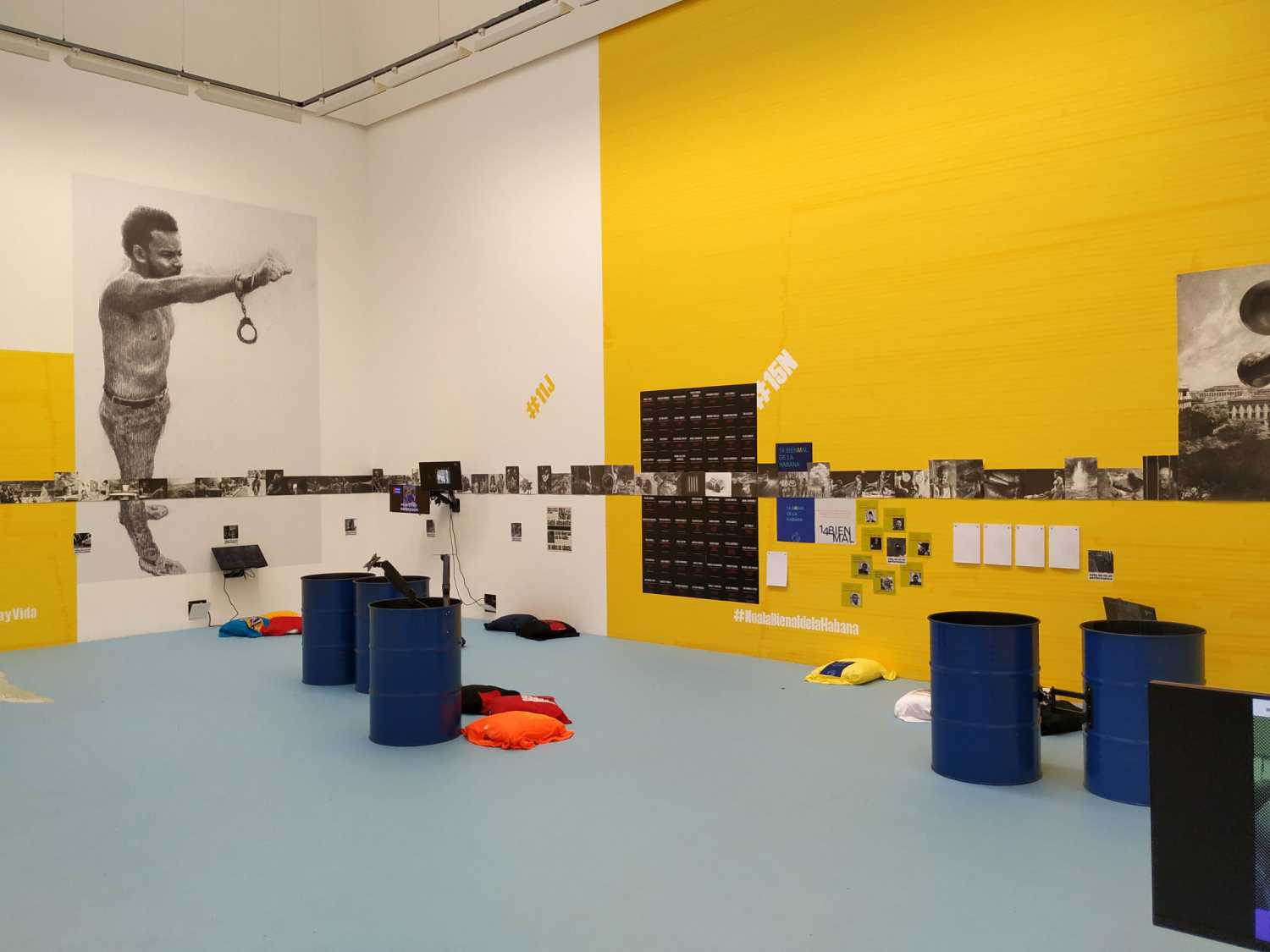
As guest curator, what proposal did you get from the artistic director, ruangrupa?
First, I must say that instead of recognizing ourselves as curators we consider ourselves “operators.” Operator is someone who works on the assembly line. Our role, with Tania Bruguera and Clara Astiasaran, was to elaborate a montage of ten exhibitions in four different spaces. The Hannah Arendt Institute of Artivism (Instar), directed by Tania Bruguera2, was one of the 14 « lumbung members »3 invited by ruangrupa, documenta's artistic directors.ruangrupa, is a collective of Indonesian artists and they proposed the practice of « lumbung » to organize resources and ideas in documenta fifteen. « lumbung » means « rice barn ». It comes from the name of a small building situated in the center of many Indonesian’s villages, in which the community store collectively the rice produced locally and distribute it equitably.
This practice, in Indonesia, allows them to keep the huge diversity of the rice species. lumbung practice is now endangered by the efforts of the companies and politicians seeking to monopolize rice production with GMOs. This will have a negative impact on the diversity of grains and consequently on the food and general culture of the archipelago.ruangrupa bring this economic principle (lumbung), to the center of documenta fifteen’s organization, as a protocol to distribute the resources and to work together. This was what they asked to every lumbung member, and to extend the practice of lumbung beyond Kassel and the one hundred days of the event. It was something new, developing tools to work together, to share resources, to put in question the way to locate art in this kind of international event.All the same time, like a statement, ruangrupa say: « we don’t want to make art, we want to make friends ».
How does it work? What did you do?
In international art exhibitions, the budget is dedicated, often to producing new art pieces or to bringing and installing giant artworks. Of course, there have been exceptions to this way of using the funding. ruangrupa proposed, in addition to the practice of lumbung, the creation of a common pot where every member has a part, and you can return some money to the pot again, redistributing it, etc. This was important because the organizers were on a mission to help recover the funds lost in documenta XIV (debt was around 9Million). ruangrupa put the economic protocol at the center of the conversationand organization. Many artists today are concerned about how we can survive as a community and do it together, sharing resources and finding ways to be autonomous.When ruangrupa invited Instar, Tania Bruguera was in Cuba, having problems with the political police. She was literally under house arrest. We worked a lot with her in this condition. We had many conversations about how to use the lumbung protocol. ruangrupa didn’twant an exhibition that ended on the 25 of September. They wanted the impact of this documenta stays two years more; they wanted a positive impact on the communities where lumbung members work and live. Then, they asked every lumbung member to bring the money to the community and produce there, infiltrating local economies with this budget and getting things back in documenta. In our case, it was impossible.
It’s about building bridges between the different struggles and local contexts, learning from each other, and recognizing that we all suffer from this coercive system of conformity and assimilation.
How was it from your Cuban perspective?
It was complicated because if you bring money to Cuba to infiltrate the local economy and give money to local artists working openly against the government or who are critical of the system, a law considers that action as sedition. It's not possible to pay to produce things there. It was a complicated situation for us. On the other side, Miami was an option, but there is a stigma about Cuban artists and families living in Miami. The stereotype is that all Cubans in Miami are right-wing, conservative, reactionary people against collectivist practices. The Cuban regimen creates this stigma; however, the remittances from Miami are one of Cuba's primary sources of income. The people of Miami sustain Cuba's ailing economy. As we couldn't do anything in Cuba for documenta, we proposed to produce things in Miami and Madrid because there is a big community there too. We invited many artists from Cuba to travel to Kassel to present their projects. We decided to approach ten different cultural fields (music, theatre, and civic practices, among others). Precisely ten independent artistic practices and prepare exhibitions about them. Every show lasted ten days.In some cases, we selected a remarkable project representing a cultural field. Espacio Aglutinador, for instance, is an independent exhibition space in Havana created by Sandra Ceballos and Ezequiel Suarez. This project, which has existed for 30 years, is based in Sandra's house. They have exhibited artists and works that have been censored or excluded by cultural institutions. Sometimes because of dissident proposals or because the artists are operating frontally against the government. We decided to reproduce Sandra's house in one of the exhibition spaces at documenta fifteen and replicated a famous exhibition she organized: Curators, go home. Espacio Aglutinador was a pioneer in Cuba, proposing practices of sharing and inclusivity.
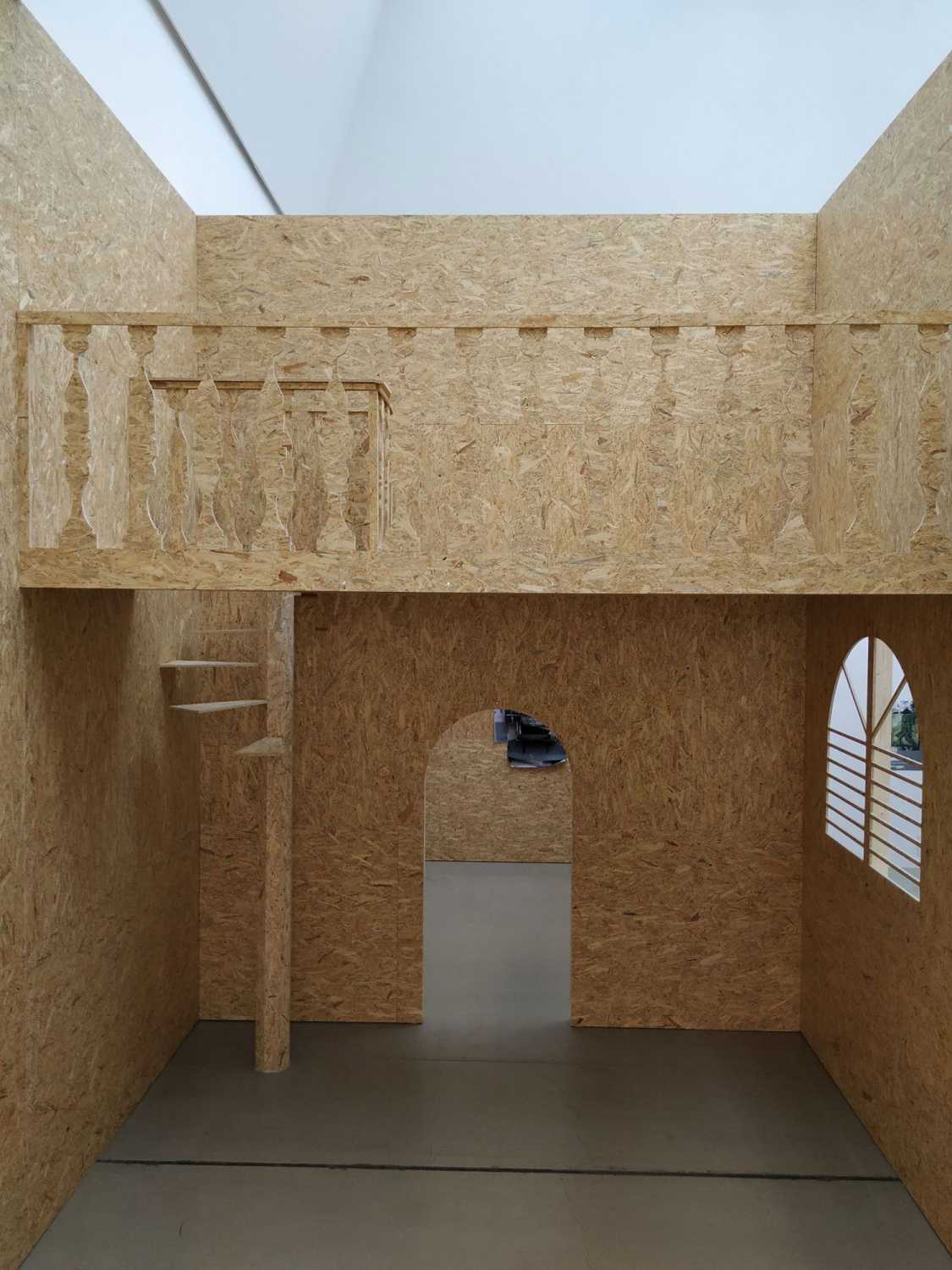
How did you proceed for your exhibition ?
With Tania and Clara, we used operational factography as the central methodology to organize the ten exhibitions and the public spaces we had. Our objective was to develop, on the one hand, historiographic exhibitions that would give an account of independent art practices in Cuba in recent decades. On the other hand, we did montages in the spaces based on this historiography with the aim to stimulate conversation between Cuban artists, visitors, and other lumbung members. For the Cuban artists, it was also an operational moment for reorganization, sharing experiences, resources, etc.The decision to change the exhibition every ten days allowed us to bring many different voices into the space. Artists from several cultural sectors and different generations have different visions of how to operate today. The sequences of shows also allowed visitors different experiences throughout the one hundred days of the event. And when they talked to others about their experience in our spaces, they had to do so in a fragmented way, as each exhibition had its own identity and a specific program of activities. We dedicate the first exhibition to presenting the general methodology operational factography. We show all the projects, activities, events, conflict with the police, and other situations involving Instar, in La Habana, in the last two years. To organize the content, we invited Raychel Carrion, an artist who has been reacting daily to the Cuban political reality since one year ago. He produces excellent pencil drawings, and we installed many of them as a timeline around the space. In this way, the precise documentation of Instar's activities was pierced and organized by Raychel's vision of the Cuban situation. We can recognize events as we recognize public persons and specific political events.
At the same time, you had the exhibition in la Biennale Internationale Design Saint-Etienne. Are the two exhibitions similars?
As you know, the Biennale was postponed one year. For this reason, both projects overlap in my schedule. Our project for the Saint-Etienne Biennale was written and designed in 2020. I started working with Instar for documenta in 2021. I think the exhibition we did here with the CyDRe researchers (A l’interieur de la production) has many protocols and decisions in common with the Instar project and other exhibitions at documenta fifteen. It is not only because I am a common factor between the two. Many artists, designers and researchers work today in the creation of spaces of association and encourage debate within this type of "exhibition". In general, there was no single way of working in Kassel. Still, several collectives and artists used the moment to show their research while simultaneously creating conditions to host activities and programs, link with local communities, and share resources. This practice was encouraged in Kassel by ruangrupa; they said that the plan wasn’t to give money to create new stuff but to use the budget in daily life to do the same work in Kassel that collectives are doing in their communities. Many artists created spaces for conversations and workshops, as we did in Saint-Etienne. For our project A l’interieur de la production during the Saint-Etienne Biennale, and for the Instar’s project, I proposed the same tool: operational factography4. But we used it in different ways. In Kassel, we used to review events in Cuba in the last 20 years, showing several archives and bringing the protagonists to discuss with visitors and other cultural producers. The idea in Sainte Etienne was to have a place to discuss the conditions of production today and to document our activities in a kind of mural-newspaper to stimulate a posterior collective hermeneutic. In Kassel we used a timeline to organize the exhibitions, in the Biennale we used a calendar to organize the activities and the community. Operational factography is an excellent tool for organizing the work and learning together. We based Azimuts 52 on the same methodology, and Thibault Le Page (a DSRD graduate) produced for Azimuts 54 an illustrated and commented bibliography on factography. Around the same subject, he gave a talk in documenta fifteen as part of the Instar’s public program.
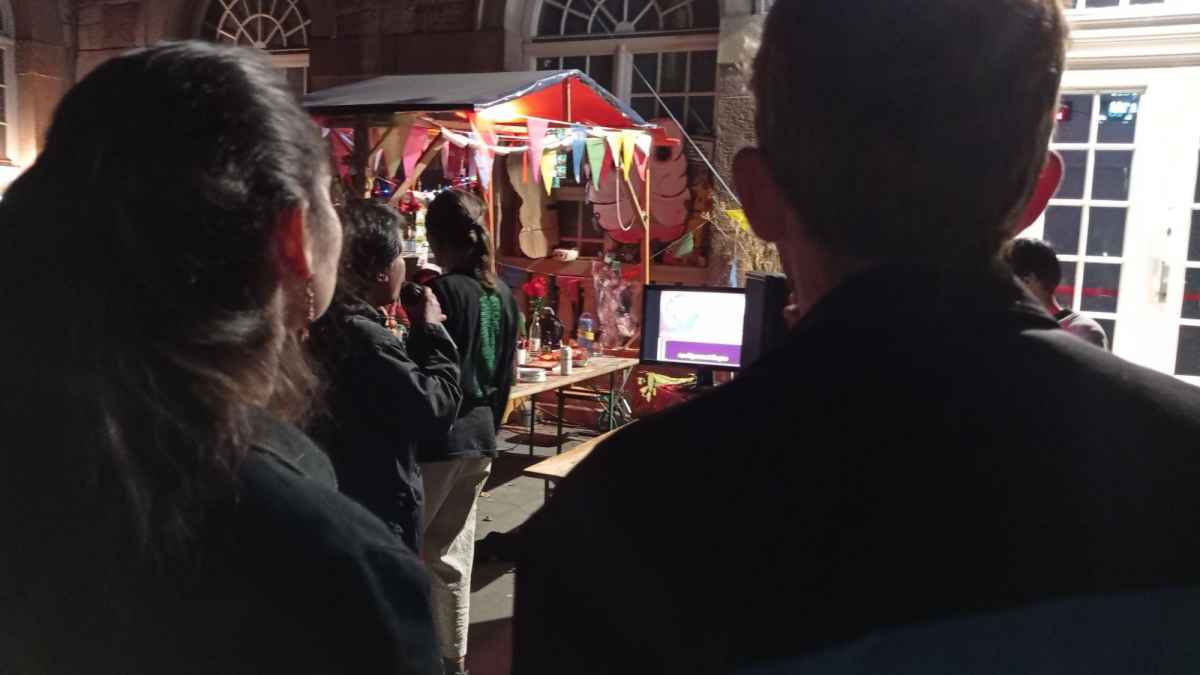
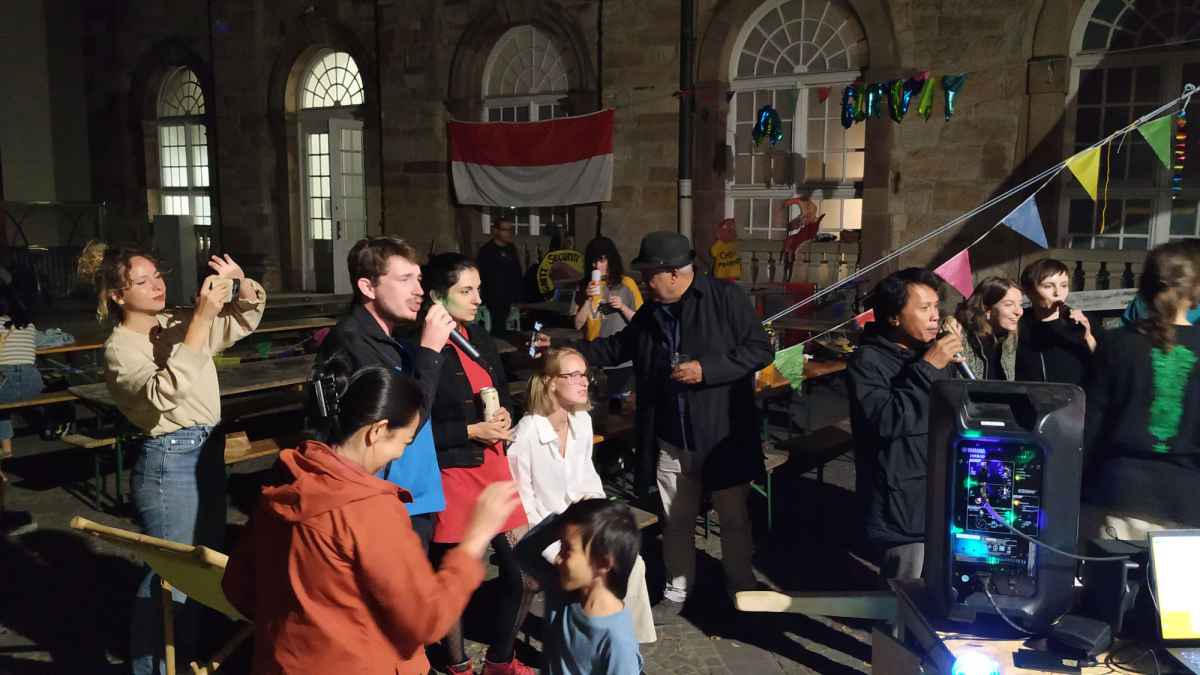
Why did you come back to documenta with the CyDRe's team? How was it?
To me it was stimulating to be part of and to see this documenta. I traveled there several times from the beginning of this project in August 2021. I met many interesting people and projects in Kassel. There is a lot of richness in this documenta. That's something I wanted to share with the CyDRe group. The idea was to travel there, visit several exhibitions and produce something we could share with others later. We planned to elaborate a dossier on documenta fifteen for Azimuts 55. I asked some artists if we could interview them. We selected artists and collectives that had themes in common with some of the CyDRe researchers and whose practice is somehow crossed by design issues. The organizer of documenta offers us support, hosting, and a free pass. The students were able to meet there, besides some members of ruangrupa, artists such as Richard Bell and Eric Beltran.
For us, the relevant question is whether the seeds will sprout and whether what we plant will continu to grow. I think this documenta demands other forms of reception, reaction, and evaluation
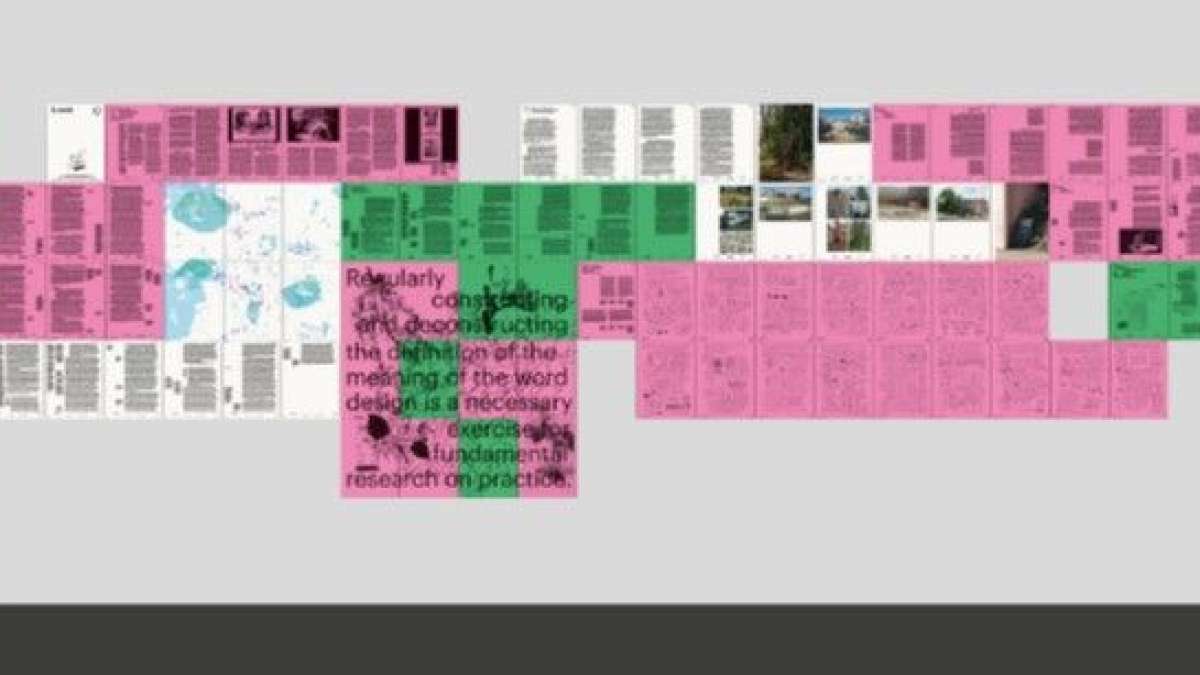
Exposition et colloque
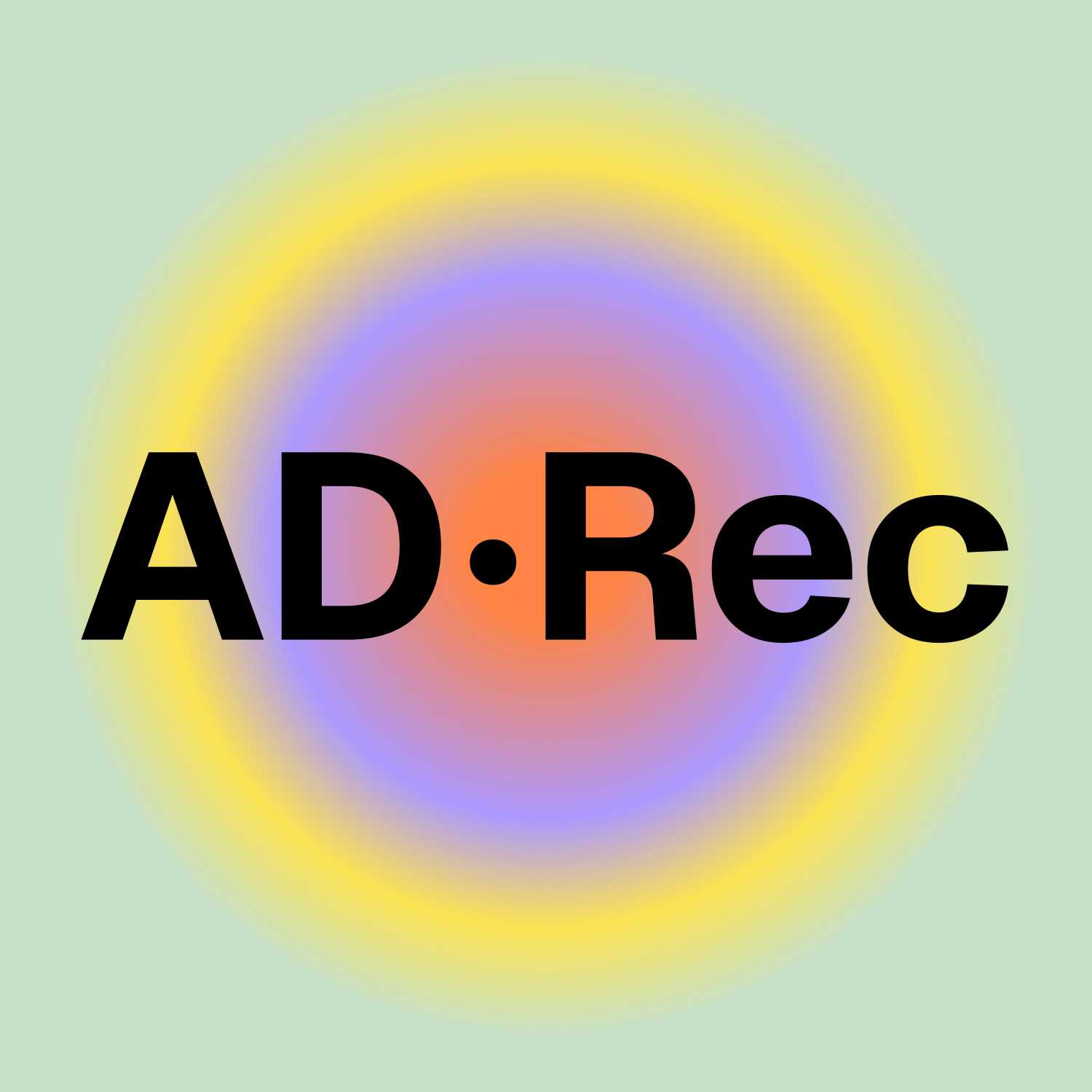
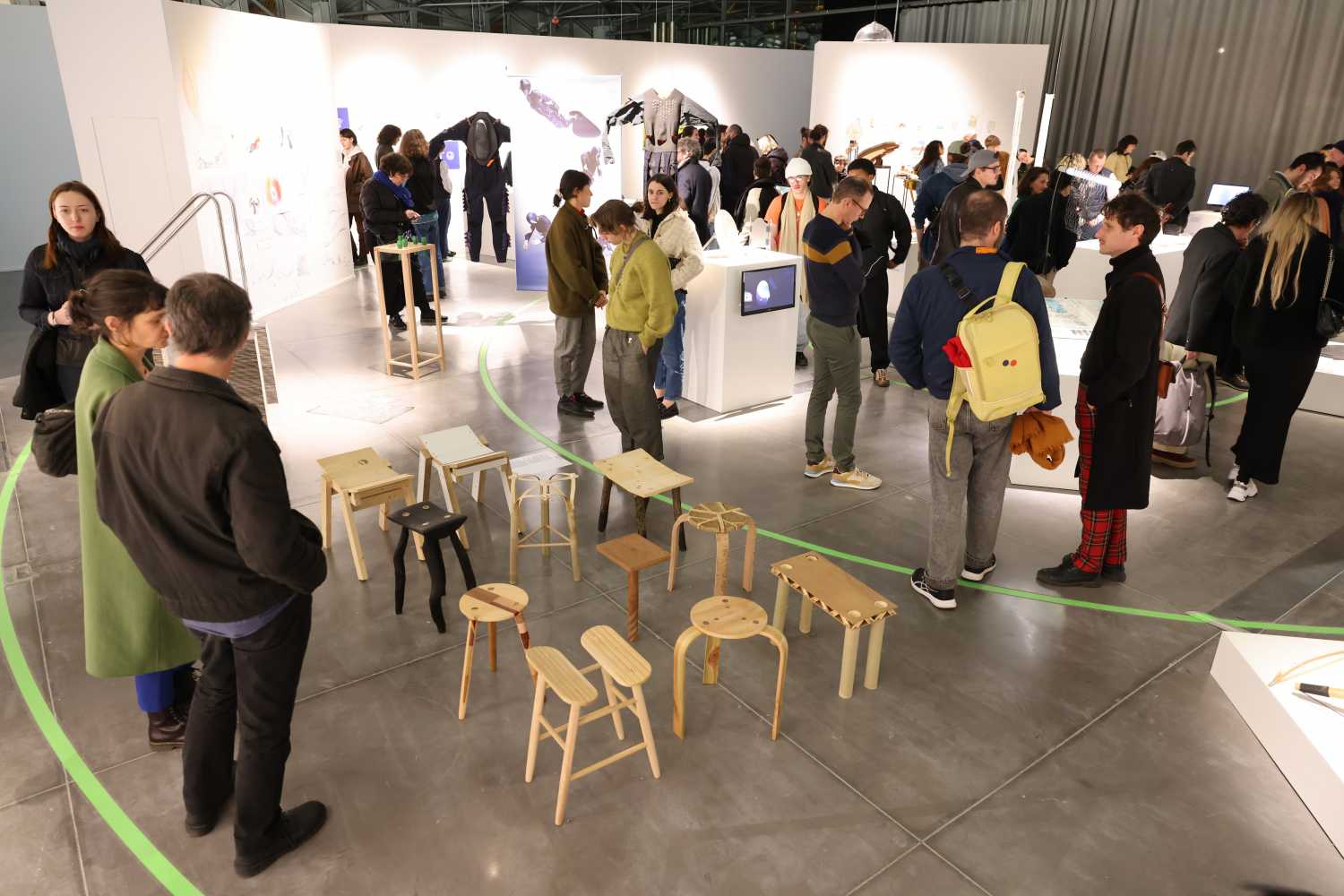
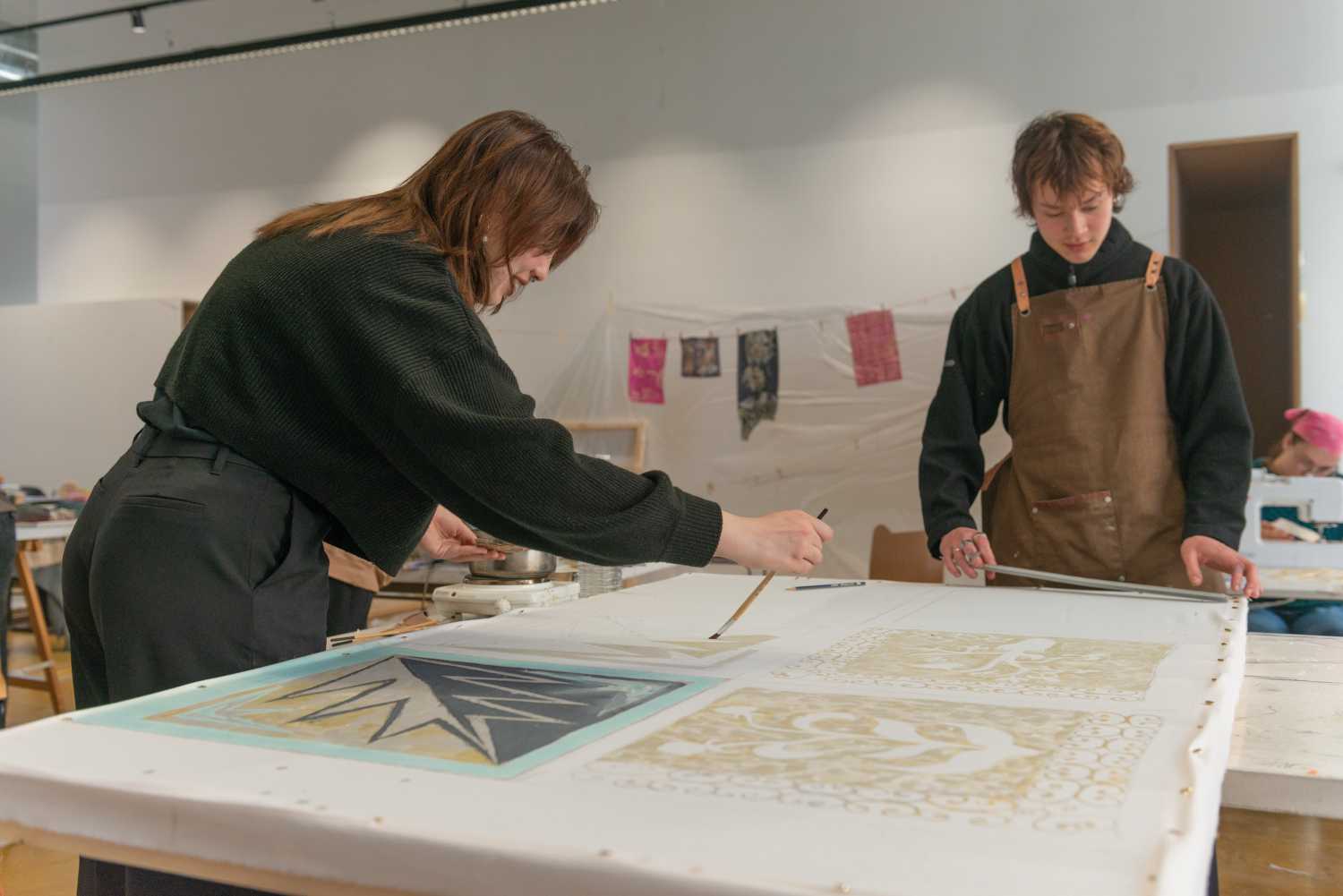
Composite
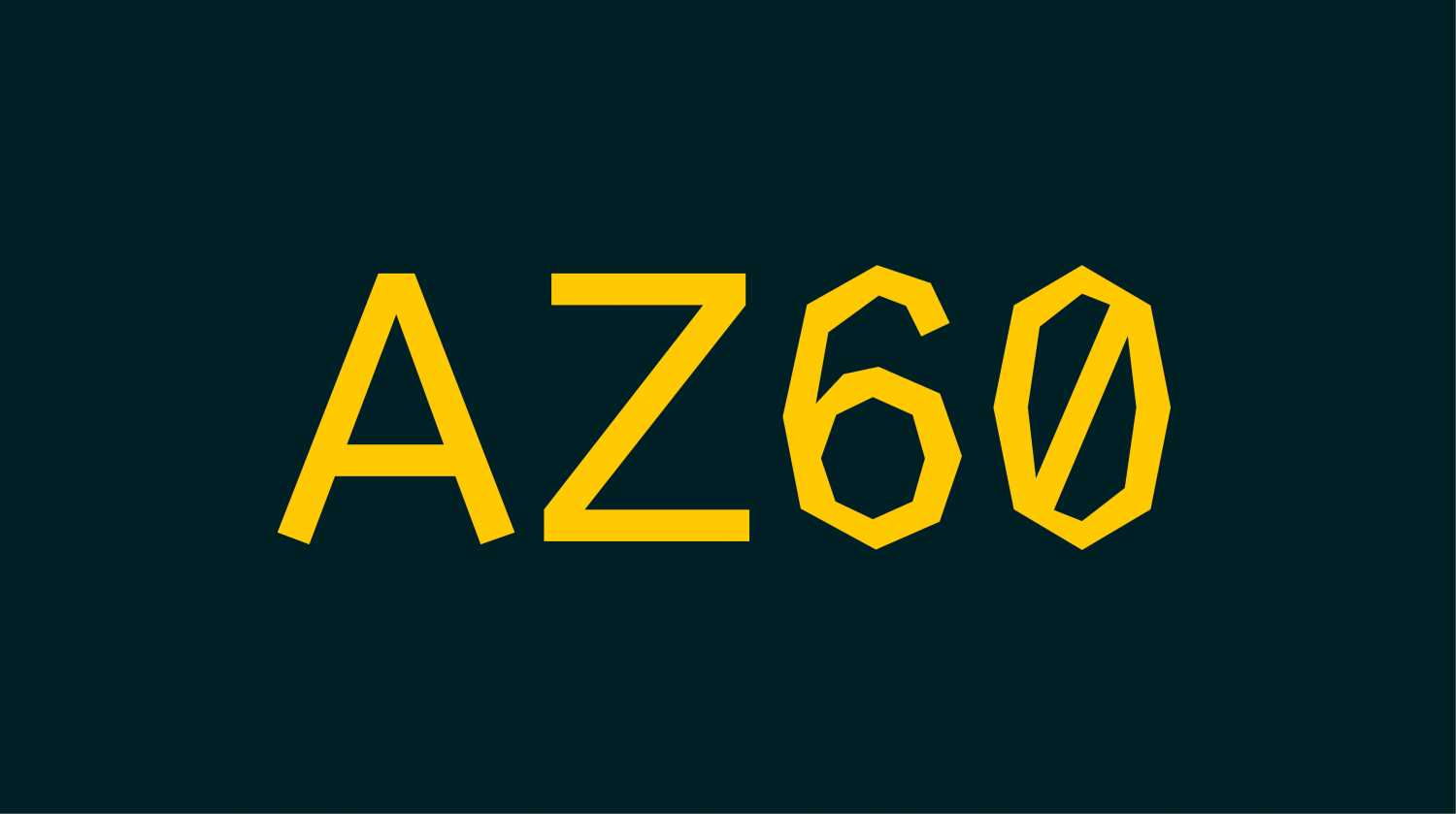
Votre navigateur est obsolète, l’affichage des contenus n’est pas garanti.
Veuillez effectuer une mise à jour.